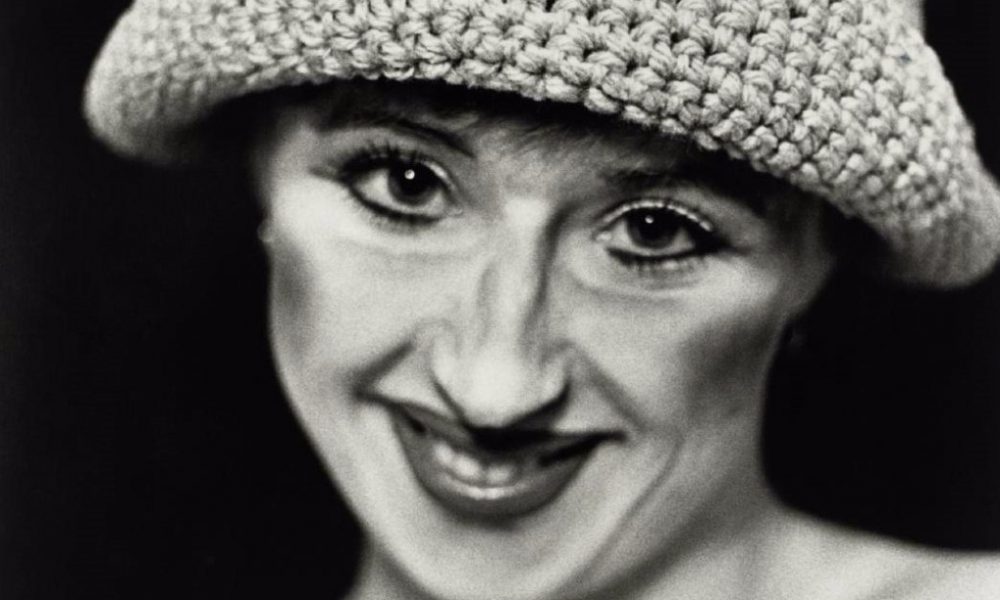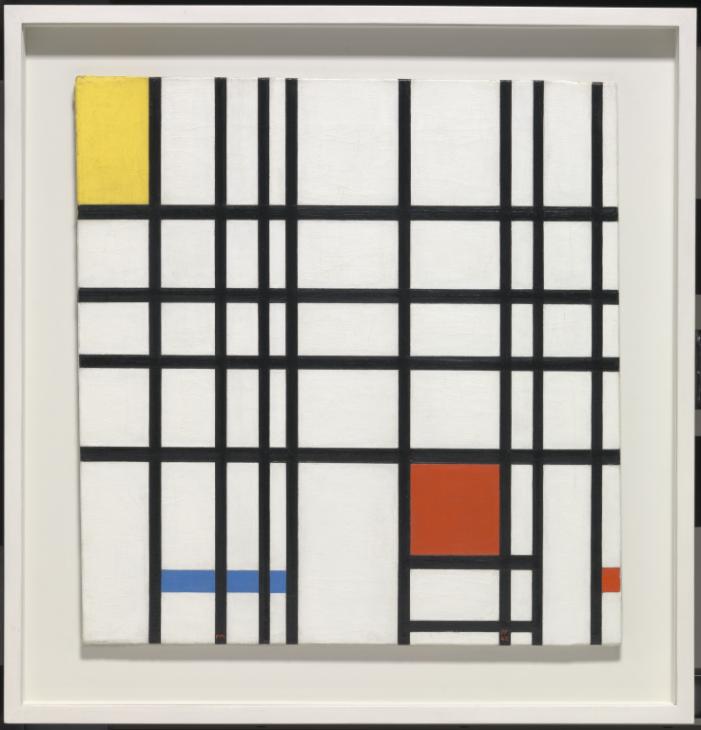Photography: When does a picture become art?

The debate over photography being considered art is almost as old as the medium’s debut in the 19th century. It is frequently argued that a camera merely mimics what is in front of it; a photo is a simple and impersonal reproduction of an image and therefore cannot be construed as art. But is this true?
When we analyse the relationship between art and photography, it always comes down to the opposition in mediums: the dichotomy between paintbrushes and cameras. A paintbrush certainly requires a handle and dexterity that is mastered by few, whilst the camera saturates our lives and is accessible to anyone. Despite this, however, a painting – like a photograph – can be manipulated and adapted without even the work of Photoshop. Such is the case with American photographer Sally Mann, whose controversial series Family Pictures depicts photos of her children not only semi-nude but also corpse-like.

Family Pictures, Sally Mann, 1984-91
Her daughter’s body lies limp on what appears to be a man’s lap, her eyes are closed and her face is vacant. The unidentified figure holds his finger to her neck as though he’s reading her pulse. The way the light falls on the child’s face is almost phantasmal, and the black-and-white filter is emblematic of the Victorian practice of photographing dead children. However, this is completely staged. Mann has manipulated the lighting and the angle to make her daughter appear deceased – which still shocks many and fascinates others. Although contentious, it is exactly this blurring of truth and fiction in the photograph that transfixes us and renders the picture “art” in more traditional terms: it is unpredictable and has taken great artistry to achieve such an impressionable result.
However, defining what “art” is presents an even older and knottier debate, yet most have agreed that art is subjective and dependent on interpretation; so, usually, if a picture generates meaning it can be considered art. Just how subjective this is can be seen in many of the most famous artworks that adorn the walls of galleries. There exist two types of people in the art world: those who snort in disbelief at the success of Piet Mondrian’s Composition series, and those who argue that such a minimalistic image is ridden with layers of meaning. So if it is truly down to interpretation could every photographic image be a work of art if we regard it as such?

Composition with Yellow, Blue and Red, Piet Mondrain, 1937-42
With the rise of social media and the ability to photograph anything at any time, can we honestly say a selfie is a work of art? Such photos, to many, are not interchangeable with the self-portrait, because the self-portrait in photography intends to document a shrouded side to the artist’s personality, whereas a selfie is considered purely self-indulgent. For many, the self-portrait, unlike the selfie, reveals something to the viewer, it is not purely cosmetic but instead expressive.

Untitled A, Cindy Sherman, 1975
Cindy Sherman is a hugely respected photographer of the 20th century and used the self-portrait to depict various sides of her personality. By dressing herself up in various guises she managed to overturn gender roles and deconstruct the self, inspiring viewers, women and artists in the process. The difference between Cindy Sherman’s artistic self-portraits and the abundance of selfies we see on Instagram is therefore in the intent behind the photograph. Yet can selfies ever be intended to deconstruct the self? Or be used as a means of self-expression? The majority of selfies are, of course, taken as a means of instant gratification, a means to capture a moment when we feel particularly good about ourselves, but this moment is nonetheless expressive. It is still a means to probe and share a depiction of ourselves in a world awash with images. It is, after all, a carefully articulated and posed version of ourselves that we choose to exhibit in the very public world of social media. Although there will probably always be a distinction between the selfie and the self-portrait, the selfie is a prevalent form of self-expression, and a picture that produces a visceral exchange with the viewer and intends to define or express something can certainly be considered art.
Anna Harvey
For further information about Sally Mann visit the artist’s website here.
























Facebook
Twitter
Instagram
YouTube
RSS